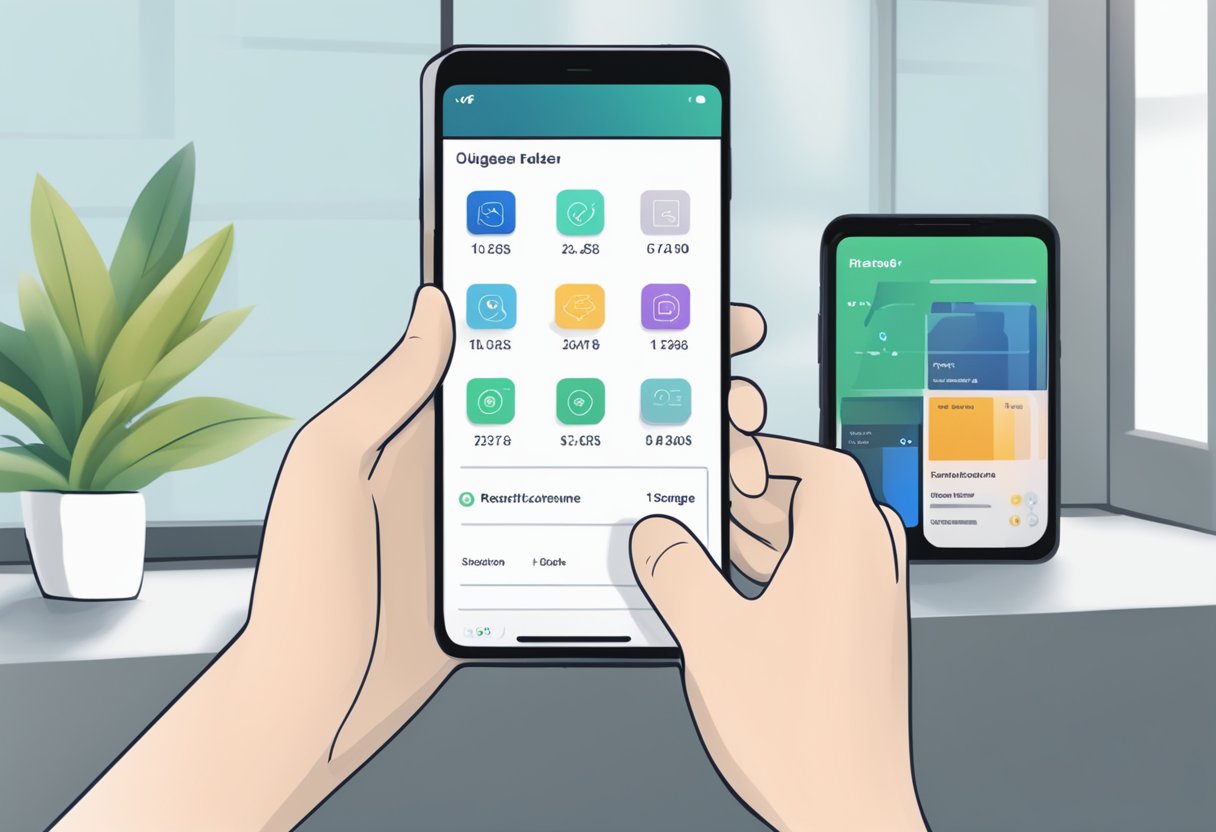React Native is a popular framework for developing mobile applications, allowing developers to use a single codebase for both iOS and Android platforms. However, optimizing image rendering in React Native can be a challenging task, especially when it comes to reducing data usage. With the increasing popularity of mobile devices, data usage has become a major concern for users, and developers need to find ways to optimize their applications to reduce data consumption.

There are several techniques that developers can use to optimize image rendering in React Native and reduce data usage. One such technique is image compression, which involves reducing the size of images without compromising their quality. Another technique is lazy loading, which involves loading images only when they are needed, rather than loading them all at once. Additionally, developers can use caching to store images locally, reducing the need to download them repeatedly. By implementing these techniques, developers can optimize image rendering in React Native and create applications that are more data-efficient.
Índice De Conteúdo
Fundamentals of Image Rendering in React Native
Understanding the React Native Framework
React Native is a popular framework used for developing mobile applications. It allows developers to build cross-platform apps using a single codebase. React Native uses a virtual DOM, which makes it faster than traditional mobile app development frameworks. It also provides a set of built-in components, including Image, that can be used to render images in the app.
Image Components and Their Properties
The Image component in React Native is used to display images in the app. It has several properties that can be used to optimize image rendering and reduce data usage. Some of the important properties are:
- source: This property is used to specify the image source. It can be a local file path or a remote URL.
- resizeMode: This property is used to specify how the image should be resized to fit the container. It has several options, including contain, cover, stretch, center, and repeat.
- blurRadius: This property is used to apply a blur effect to the image. It can be used to reduce the image size while maintaining its quality.
- loadingIndicatorSource: This property is used to specify the image that should be displayed while the actual image is being loaded. It can be a local file path or a remote URL.
- onLoad: This property is used to specify a callback function that should be called when the image is loaded.
- onError: This property is used to specify a callback function that should be called when there is an error loading the image.
By using these properties effectively, developers can optimize image rendering in their React Native apps and reduce data usage.
Advanced Techniques for Optimizing Image Rendering
Implementing Lazy Loading
Lazy loading is a technique used to defer the loading of non-critical resources, such as images, until they are needed. By implementing lazy loading, you can significantly reduce the initial load time of your app and improve the user experience. In React Native, there are several libraries available that can help you implement lazy loading. One such library is react-lazyload.
Resizing and Compressing Images
Resizing and compressing images is an effective way to reduce the size of image files, thereby reducing data usage. In React Native, you can use the Image component to resize images. Additionally, you can use libraries such as react-native-image-resizer and react-native-image-picker to resize and compress images.
Caching Strategies
Caching is an effective way to reduce data usage and improve the performance of your app. In React Native, you can use the AsyncStorage API to implement caching. Additionally, there are several third-party libraries available that can help you implement caching, such as react-native-cache-store.
Using Progressive JPEGs
Progressive JPEGs are a type of JPEG image that loads in a series of scans, starting with a low-resolution image and gradually increasing in resolution. By using progressive JPEGs, you can improve the perceived loading time of your images and reduce data usage. In React Native, you can use the Image component to display progressive JPEGs.
By implementing these advanced techniques for optimizing image rendering, you can significantly improve the performance of your React Native app and provide a better user experience.

